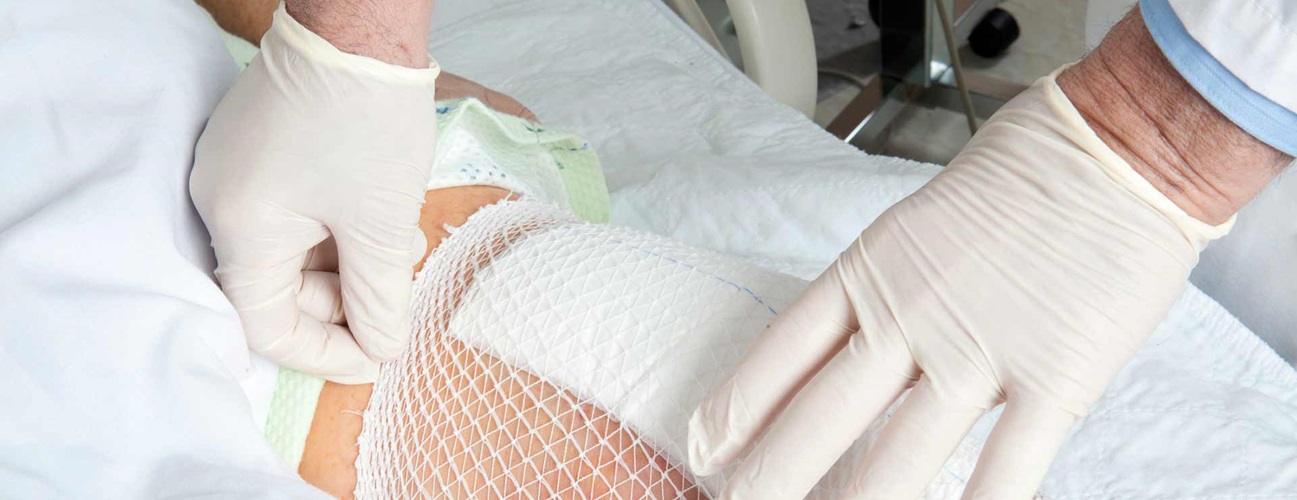


Your skin is a natural barrier against infection. Even with many precautions and protocols to prevent infection in place, any surgery that causes a break in the skin can lead to an infection. Doctors call these infections surgical site infections (SSIs) because they occur on the part of the body where the surgery took place. If you have surgery, the chances of developing an SSI are about 1% to 3%.
An SSI typically occurs within 30 days after surgery. The CDC describes 3 types of surgical site infections:
Any SSI may cause redness, delayed healing, fever, pain, tenderness, warmth, or swelling. These are the other signs and symptoms for specific types of SSI:
Infections after surgery are caused by germs. The most common of these include the bacteria Staphylococcus, Streptococcus, and Pseudomonas. Germs can infect a surgical wound through various forms of contact, such as from the touch of a contaminated caregiver or surgical instrument, through germs in the air, or through germs that are already on or in your body and then spread into the wound.
The degree of risk for an SSI is linked to the type of surgical wound you have. Surgical wounds can be classified in this way:
These are other risk factors for SSIs:
If you are having surgery, ask your doctor what you can do to reduce your risk for a surgical site infection. It's important to stop smoking before surgery and to tell your surgical team about your medical history, especially if you have diabetes or another chronic illness. Also, avoid shaving in the skin area that the surgeon is planning to operate through.
No matter how curious they are, loved ones should not touch your wound or surgical site. Carefully follow your doctor's instructions about wound care after surgery. Call your doctor if you develop a fever or pus, redness, heat, pain or tenderness near the wound or any other signs or symptoms of a surgical site infection.
Most SSIs can be treated with antibiotics. Sometimes additional surgery or procedures may be required to treat the SSI. During recovery, make sure that friends and family members wash their hands before and after they enter your room. Make sure doctors, nurses, and other caregivers wash their hands, too.